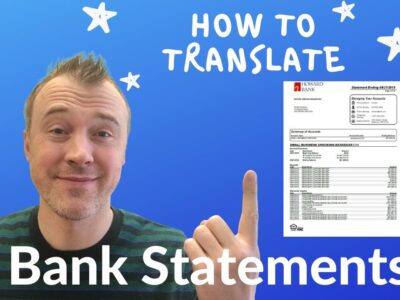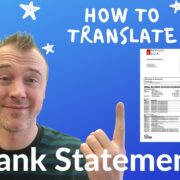
In finance, a position is the amount of a particular security or other assets that an investor or trader has. A short sale refers to borrowing some quantity of a stock or commodity, selling it at the current market price and then buying back. Long position can be taken by buying or purchasing any financial instrument, including currencies, commodities, indices and bonds.
What is a short position?
Short selling involves risk, and unlimited losses as potential gains on the short side are limited to the 100% purchase value of a shorted instrument. In contrast, the potential loss is infinite since there is no limit to how high prices can rise before one covers their position by buying back instruments sold earlier in the hope of profiting from a decline.
A short seller typically borrows the security to profit from a decline in the price of that security. The converse strategy, going long, involves owning the securities and profiting from an increase in their value. Buying long has limited risk similar to that of selling short and has unlimited potential gains because the price of a security can rise infinitely with no limit on how high it can go before being called away by another trader.
Short sell is not the same as going Long/buy position. One needs to have an entry point for shorting as well as extended position trading. In short, you sell first, then buy back when prices fall instead of buying stocks or futures at current prices and then likely holding until your target prices are reached. It is done to profit from a decline in price (and not because you expect shares to fall, like when you sell Short).
To go short, an investor must first borrow a security or commodity such as a stock or gold futures contract from their broker. The investor then sells the borrowed asset at its current market value and closes out this position later by purchasing an identical asset at what they hope will be a lower price to return it to the lender. In most cases, the seller bought back the asset after some time had elapsed and prices declined. If prices had instead increased over that period, the investor would have made money on the trade. Still, they would have simply closed their original short position without buying back the security.
It’s effectively a way for an investor to make money on falling prices and would be used when there is a high expectation that a particular investment will drop in value over a specific time.
What is a long position?
Long positions are taken by traders who have bought a currency expecting that its price will rise. For example, if you buy a USD / JPY to profit pair expecting the US dollar will strengthen against Yen. Since you are buying more robust currency pairs, expect it would increase in my favour and hence position is said to be long on the pair.
This strategy benefits only when prices rise. If prices fall, you will incur a significant loss. Taking a long position means that the investor has bought the asset with an expectation that it would rise in value.
The main differences between long and short selling
- Long positions must buy before they sell, but short selling requires selling before buying
- Short position profits from price decrease; long position profits from price increase;
- The risk of shorting is unlimited, while with having a long position, the risks are limited to an extent.
Summary
CFDs are financial instruments that let you trade price movements of the asset no matter which company, commodity or currency pair you are interested in. It means speculating on the future value of the underlying asset. To start CFD trading, you first need to open a trading account with a CFD broker. Many brokers like Saxo Bank offer free demo accounts that allow holders to practice trading in a simulated real-time market environment without using any of their funds.











